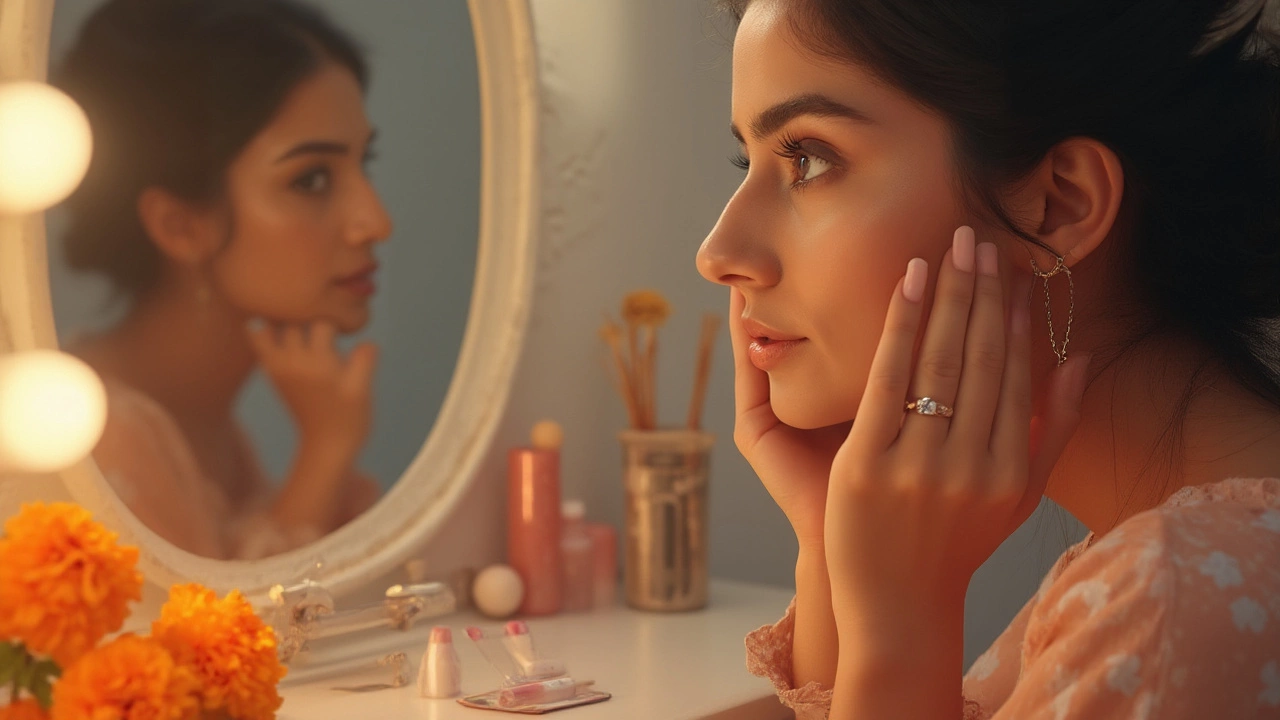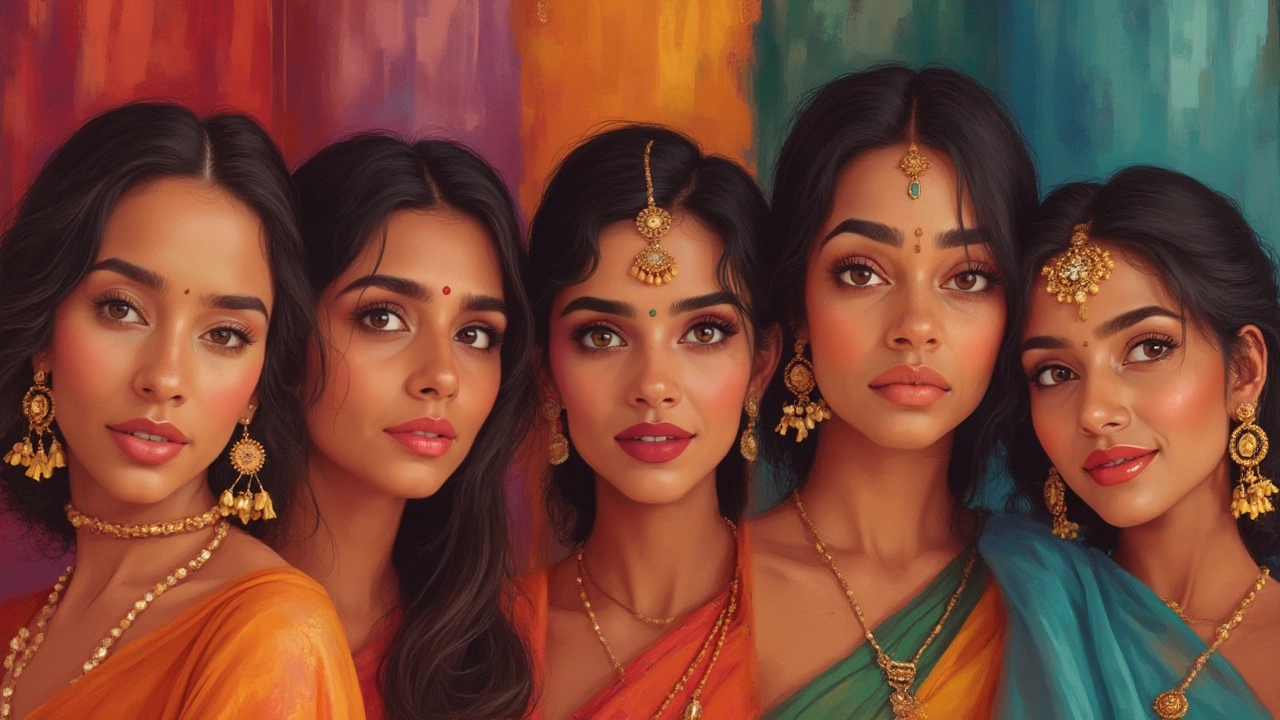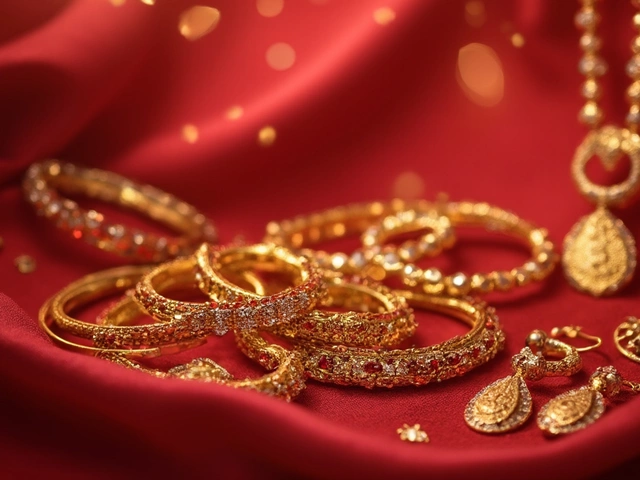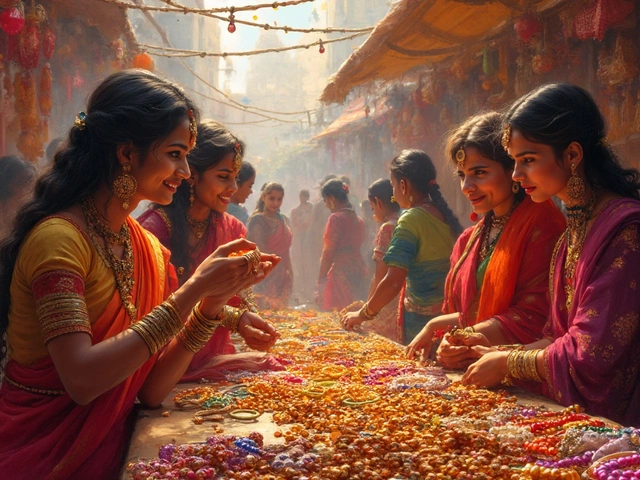Scrolling through social media or flipping through a magazine, one feature stands out for its quiet power: the nose. For a part of the face often overlooked, it has an undeniable influence on how we’re perceived. Ever noticed how a subtle change in nose shape can totally shift someone’s look from strong to soft? What exactly makes a nose appear 'feminine'—and why does this standard exist?
How Beauty Standards Shape Perceptions of the Feminine Nose
Throughout history, society’s ideas about beauty have shifted wildly, and noses are no exception. In ancient Greece and Rome, the straight, well-proportioned nose was an ideal—just look at marble statues. In 2025, Instagram filters and rhinoplasty wishlists say a lot about changing preferences. But the most consistent thread? A "feminine" nose usually means one that fits the face, looks soft and balanced, and draws little attention on its own. It’s almost invisible, seamlessly blending into the canvas of the face. Contrast that with the sharp, angular noses that tend to be called "masculine," and you start seeing a pattern.
Western ideals often highlight a delicate nose bridge, gently sloped profile, and a tip that sits somewhere between upturned and straight. In East Asia, the culture puts value on smaller and narrower noses, sometimes with a slight button shape. South Asian standards celebrate variety, but often admire straight bridges with defined but soft tips. Each culture’s take is shaped by local features, celebrity trends, and evolving beauty norms.
Modern celebrities have fueled the trends, too. Think of Emma Watson’s subtly sloped bridge, Natalie Portman’s neat tip, or Zendaya’s dainty proportions—they’re all praised for noses that whisper rather than shout. Still, plenty of icons with bolder noses redefine beauty (Meryl Streep, Lady Gaga, Deepika Padukone). But if you’re tracking what pops up in search engines, most "feminine nose" requests point to gentle slopes and smaller size. That said, there’s not a one-size-fits-all answer. Facial harmony is it: a nose that looks too small or too big for the rest of the face only draws more attention, so surgeons these days focus on balance more than anything else.
Check out this quick breakdown of popular nose shapes and where they’re most admired:
| Region | Popular Feminine Nose Shape | Common Features |
|---|---|---|
| Western | Straight/sloped nose | Gentle bridge, soft tip, subtle nostrils |
| East Asian | Button/small noses | Short, upturned, rounded tip |
| South Asian | Greek/Refined nose | Straight bridge, defined but soft tip |
As times keep changing, the definition keeps shifting. Social media presents all sorts of faces and noses as beautiful, which is finally stretching the old rules. People are starting to see that the "perfect feminine nose" is mostly about symmetry, self-confidence, and how each feature fits together on the face, regardless of trends.
The Most Common Features of Feminine Noses
So what exactly are the features people associate with femininity when it comes to noses? Let’s break it down, feature by feature. First up: size. Feminine noses tend to be on the smaller side, at least compared to what is labeled "masculine." That means a shorter length from bridge to tip, and nostrils that are neither too wide nor too visible from the front. Width is also key—narrow bridges tend to read as softer, while broad or flat bridges sometimes get tagged as more masculine (though plenty of stunning women have them).
The slope or "dorsal profile" comes next. Instead of the classic "Roman bump" (think Aquiline nose), a straight or slightly concave bridge is most often called feminine. The profile might dip a little—just a gentle curve from the eyes down. Too much curve signals a "ski slope nose" (cute on some, exaggerated on others). The tip also matters. Feminine noses usually end in a rounded or subtly pointy tip that isn’t bulbous or drooping. An upturned tip isn’t a must, but it’s popular. The angle between the nose and the upper lip also plays a role. An angle around 95 to 105 degrees is often called the sweet spot for feminine, while a sharper or flatter angle can change the feel.
Let’s not forget nostril shape. Thin, gently oval nostrils are often part of the "feminine" package. Wide, flared nostrils sometimes look dramatic or bold—again, it’s all about facial balance.
According to a research survey in the Facial Plastic Surgery Journal (2023), about 68% of rhinoplasty patients requesting "more feminine" noses wanted a reduced bridge bump, a narrower bridge (by an average of 2 millimeters), and a slightly lifted tip. Surgeons use computer imaging to map out how these tweaks change the big picture, always returning to the idea of symmetry. What’s interesting is how even a tiny adjustment—a millimeter here or there—can change the perceived gender of a nose for most observers. It’s that subtle.
Ever looked through old family photos and noticed the noses? They’re as unique as fingerprints, and sometimes the changes from one generation to the next are wild. That uniqueness means doctors and artists agree: the most attractive nose is the one that doesn’t fight with the other features, but quietly supports them. It’s not about perfection. It’s about presence.

Examples of Feminine Noses in Pop Culture and History
If you want to get a sense of what "feminine noses" look like in real life, pop culture is a goldmine. Think Audrey Hepburn. Her nose wasn’t tiny or invisible—it was straight with a defined tip, balanced perfectly with her big eyes and brows. Ariana Grande, known for her petite frame, has a soft, upturned tip that’s now iconic. Even in animated movies, you can spot the trend: Disney princesses almost always have small, perky noses with gentle slopes. It’s coded femininity, plain and simple.
On the other end, take Barbra Streisand—her prominent nose was considered "unconventional," but it’s a huge part of her charm and presence. She famously refused surgery, challenging the rules and showing that confidence trumps size or shape every time. The same goes for Bollywood star Konkona Sen Sharma, who has a strong, softly curved nose that fits her features—and never seems out of place. If you compare beauty queens from the 1950s to now, noses have gotten a bit smaller, tips slightly more upturned, but what hasn’t changed is the focus on harmony with the whole face.
Fashion designers and photographers know how lighting and contouring can alter how a nose appears on camera. That’s why you sometimes see the same actress looking dramatically different from one photoshoot to another. Makeup tricks (like highlighting the tip and contouring the sides) can create a temporary "feminine" shape, no surgery needed.
Let’s look at some famous feminine noses in the public eye:
- Emma Watson: slightly convex bridge, delicate tip that doesn’t overpower her features.
- Zendaya: small nose that blends seamlessly with her high cheekbones.
- Deepika Padukone: straight, softly defined bridge, classic profile for Indian beauty standards.
- Lily Collins: narrow bridge, softly pointed tip, perfect for period films.
- Selena Gomez: small, slightly upturned shape, balanced with her round face.
Going back in time, classic sculptures like the Venus de Milo and the works of Botticelli all feature noses that fit the feminine script of their era—smooth bridges, subtle tips, and balanced symmetry. The Renaissance painters spent hours perfecting the angle and shadow under the nose for just that reason.
Tips for Enhancing a Feminine Nose (Without Surgery)
Surgery isn’t the only road to a "feminine" nose. For most people, small changes in skincare, grooming, and confidence can make just as big a difference. Here are some practical ways anyone can enhance the feminine vibe of their nose, whether you’re happy with your features or thinking about a change.
- Contouring: With a matte powder two shades deeper than your skin and a highlighter, you can instantly sculpt your nose into looking smaller or more delicate. Focus on narrowing the sides and brightening the bridge.
- Brow Shape: Raising or shaping your brows can change the proportions of your whole face, making the nose look smaller and more feminine by comparison.
- Glasses Style: A thin or clear frame draws less attention to the center of your face. Oversized or dark frames, on the other hand, make noses appear smaller by contrast.
- Hairstyle: Long, face-framing layers soften the overall look and minimize focus on the nose, especially if the hair is parted to the side. Updos can emphasize length, so play with styles till you find your sweet spot.
- Moisturizing & Skincare: Keeping your nose free of bumps or dryness lets it blend in better, making other features pop rather than the nose itself.
- Confidence: People notice what you draw attention to. The more at ease you are with your face, the more "feminine" and attractive your unique features appear to others. Weird but true!
- Highlighting: Adding a dab of highlighter to the tip and down the bridge draws the eye upwards, giving the illusion of a perky, petite nose.
- Mindful Posing: Angling your face slightly in photos, rather than face-on, lets light and shadow create a flattering effect, subtly sculpting the nose.
For those interested in actual alteration, non-surgical treatments like fillers can tweak shape and angle without permanent change. These are popular for adding a bit of lift to the tip or smoothing a small bump, and results can last up to a year.
If you’re curious about what expert rhinoplasty surgeons have to say, the most common advice? Work with what suits your face, not just Instagram trends. A small nose on a large face can look out of place, just as a dramatic nose can overwhelm delicate features. Instead, trusting an experienced surgeon (or makeup artist) who understands facial ratios usually leads to the best, most natural results—and a nose that’s not just "feminine," but uniquely yours.
At the end of the day, the most feminine noses are less about any one measurement or angle and more about harmony, presence, and confidence. A nose that feels right for you—and makes you feel more like yourself—has more beauty power than any trend or surgery ever could.



